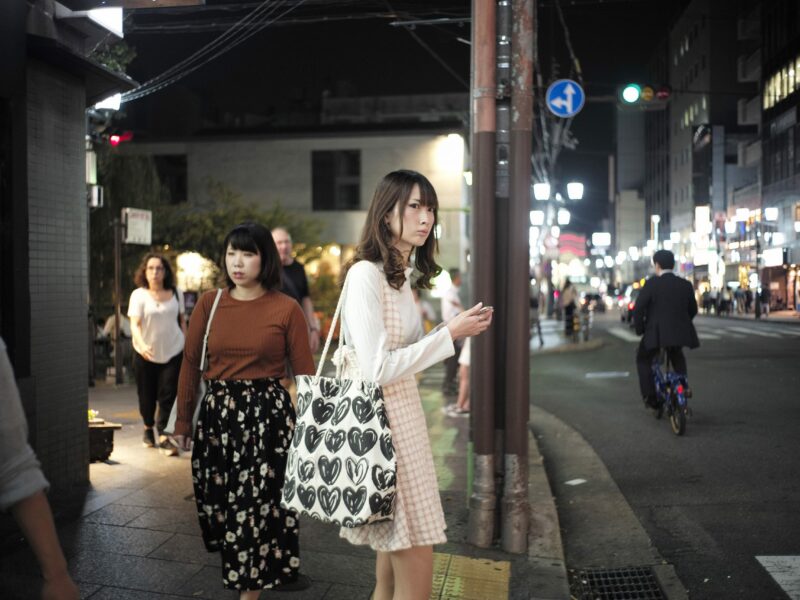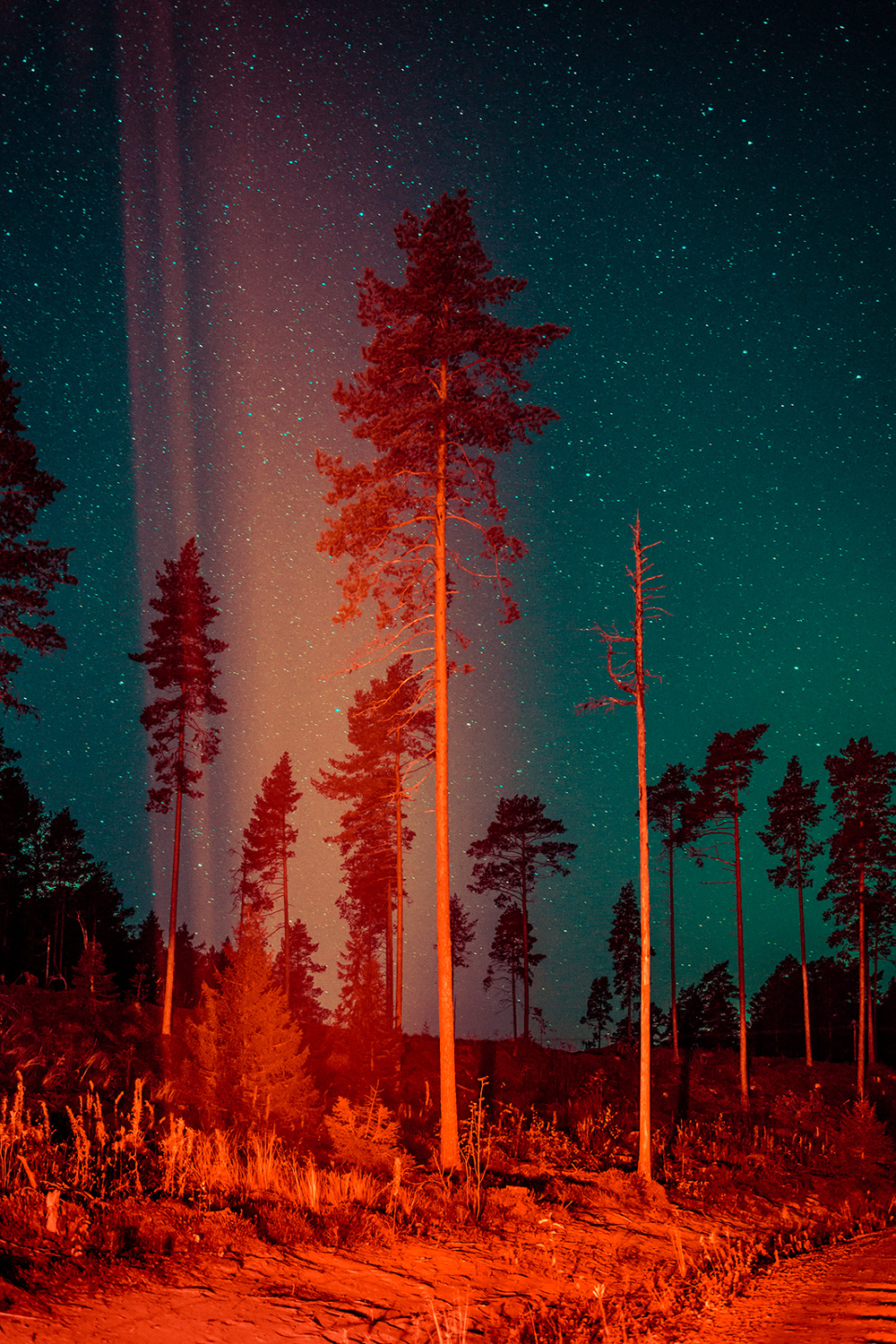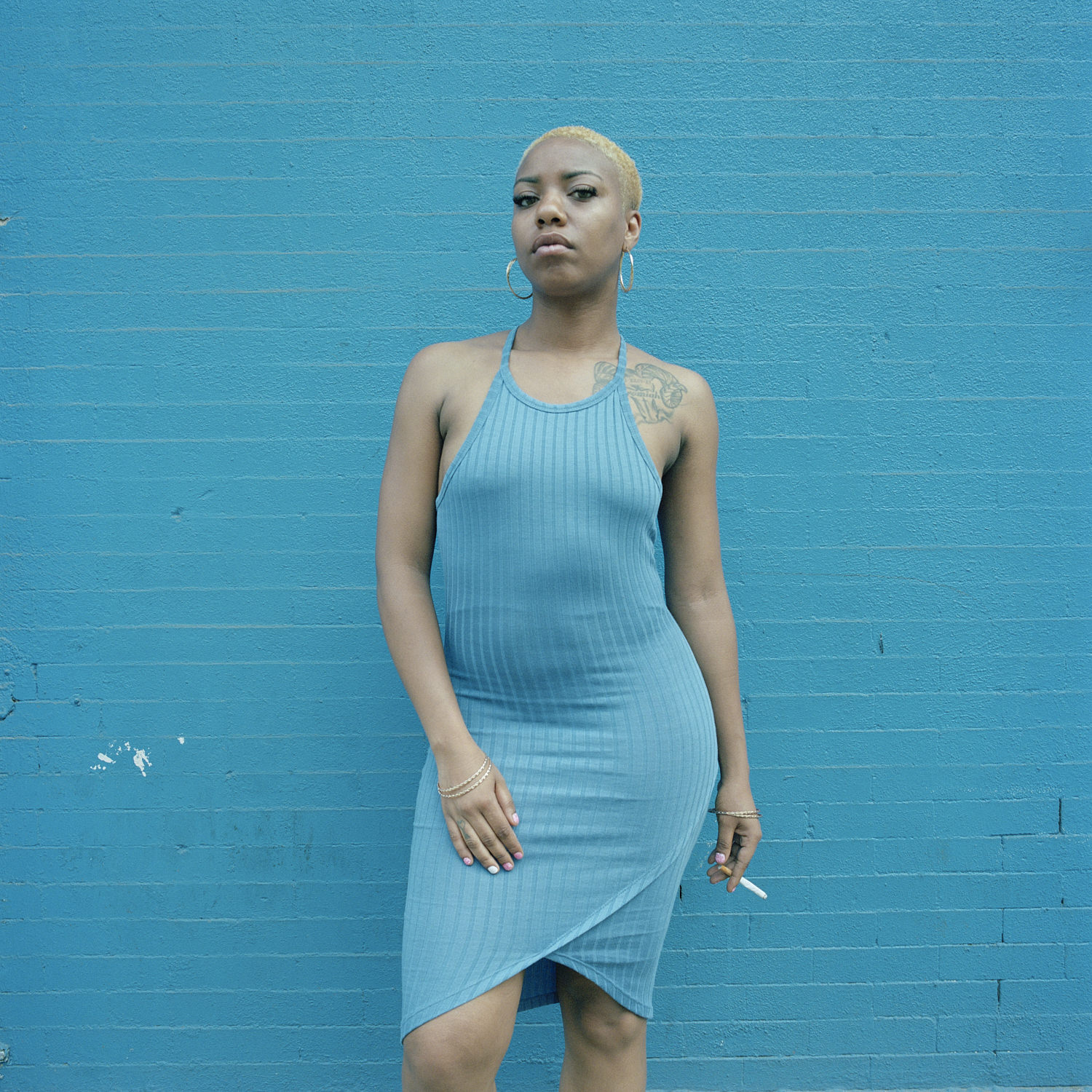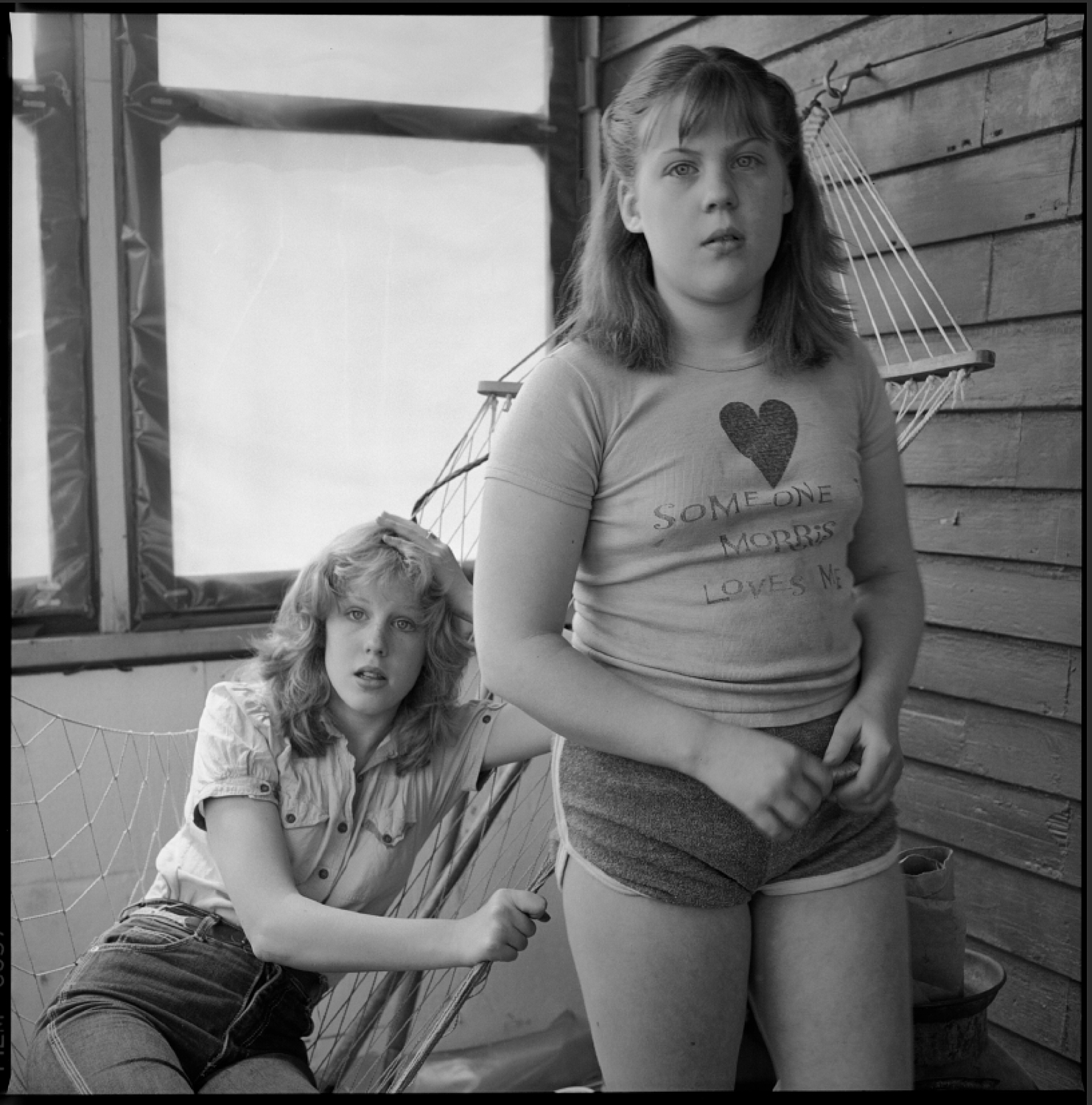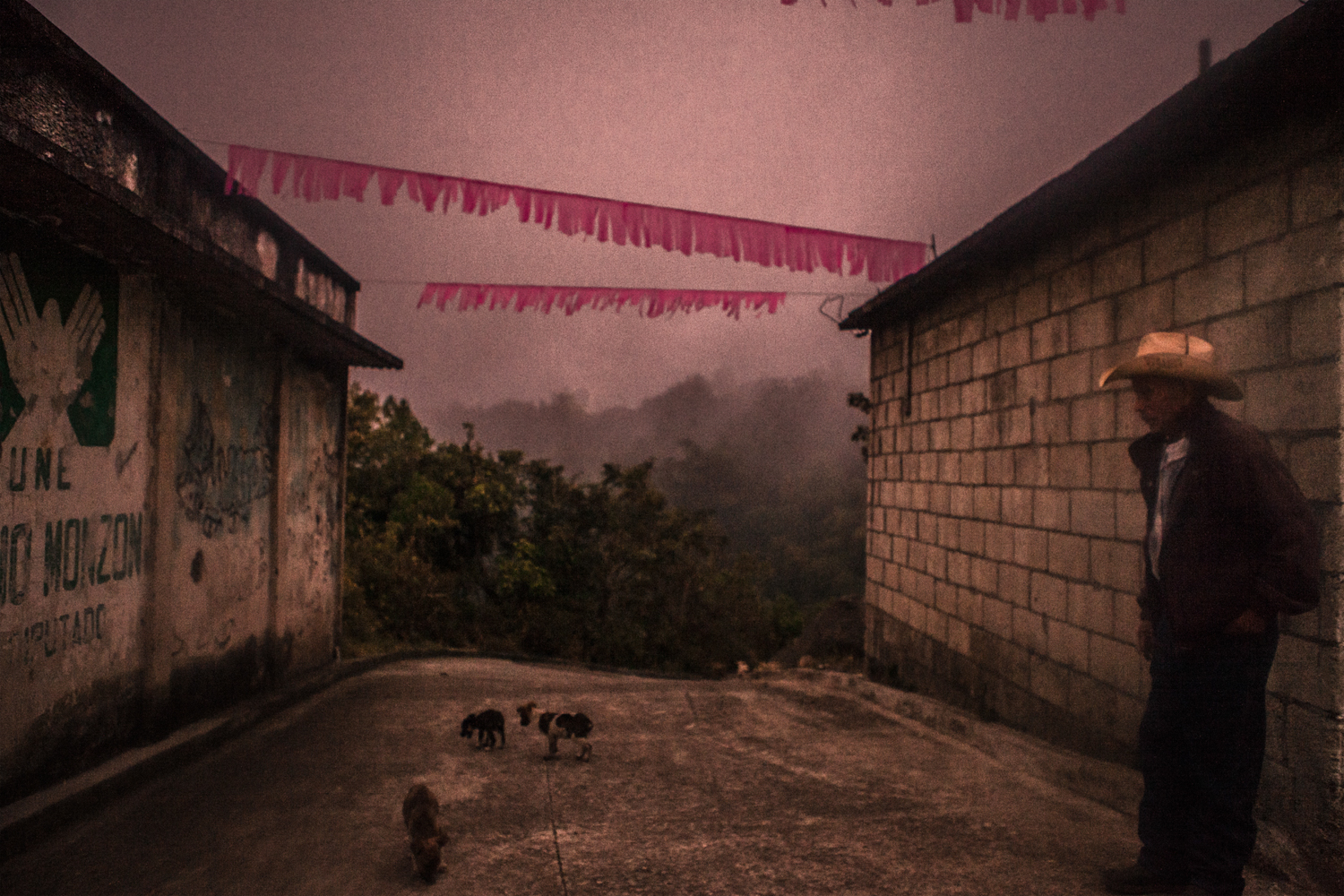
I read that you moved around a lot with your parents and later by yourself. Can you tell me what it has brought you to discover another culture? has been decisive for you now as a photographer?
I believe the biggest advantage is that I feel at home or at least feel comfortable when I arrive alone at a place I have never been before. I have met a lot of people from different cultures and classes during my childhood. The disadvantage is that I am a restless person.

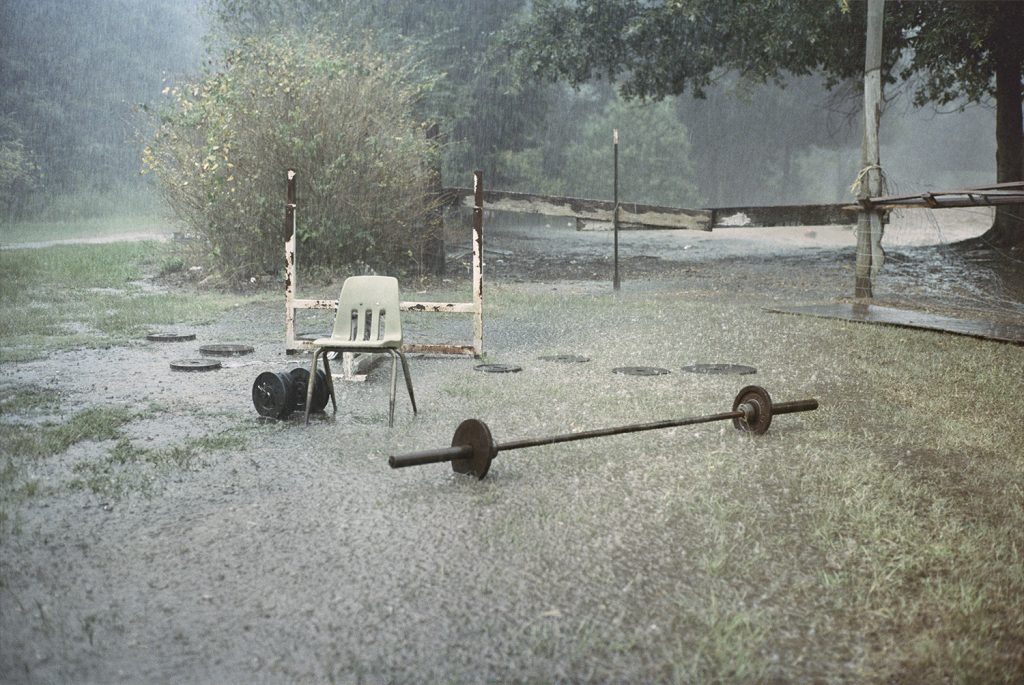
What was the first real project/series you did? what was it about and why?
The first one was about a teenage mom, 15 years ago. People in my class at Fatamorgan (photo school in Copenhagen) did not find the subject as something special, this was before the TV show Teen Mom. In my thought, it was fascinating the responsibility of a child to take care of a child yourself. After that I started working on ” The Milky Way” about the years between childhood and grown-up, I didn´t know it would end up to anything but 10 years later it was a book and now I have a big exhibition with ”The Milky Way” at Sune Jonssons museum in Umeå.
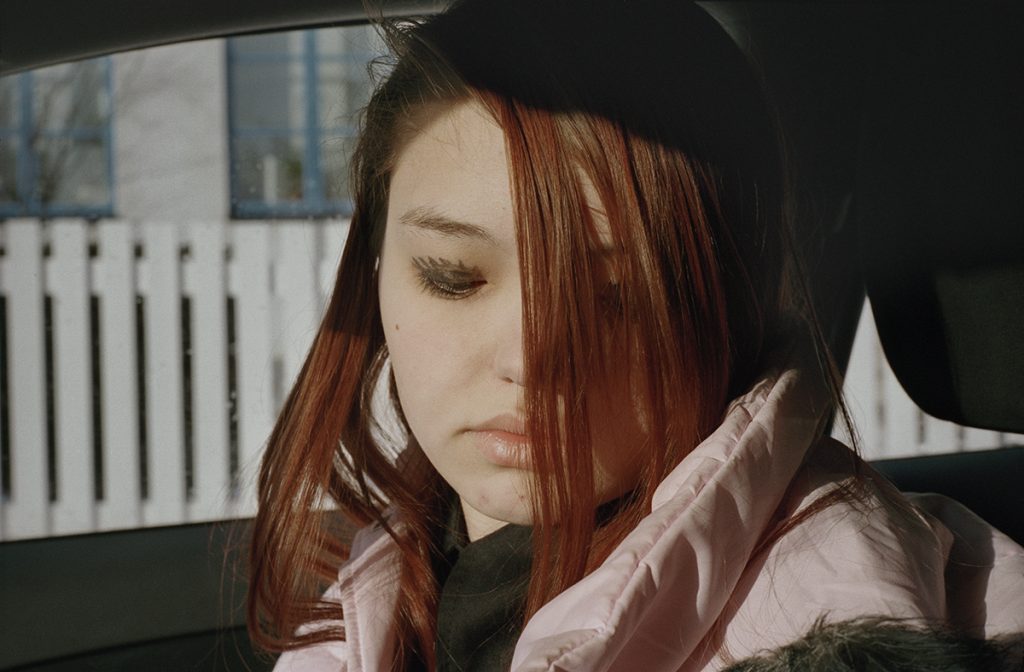
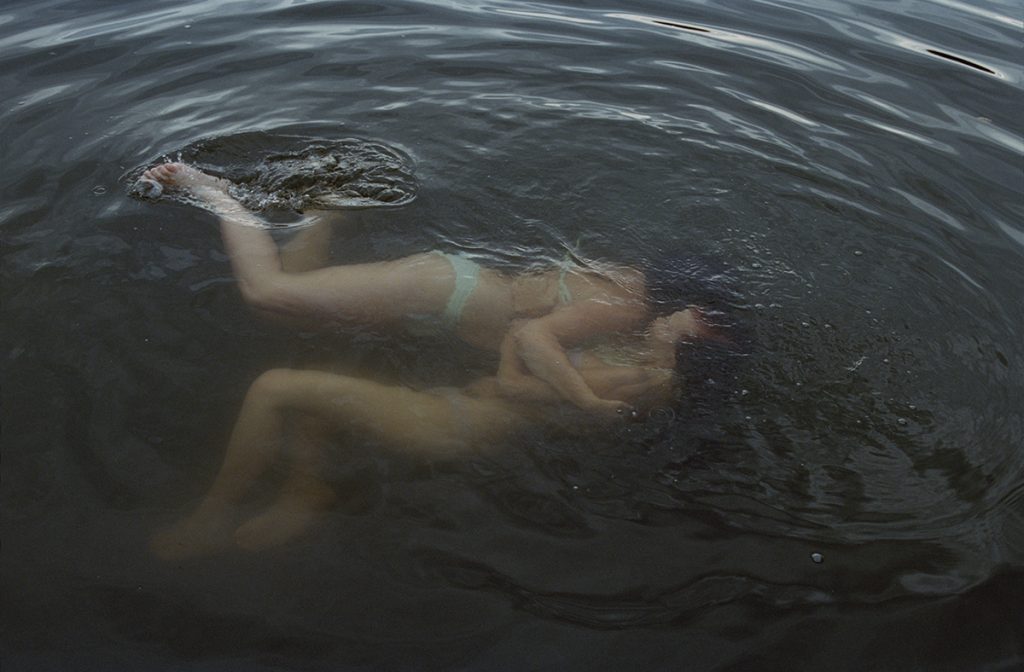
« I try to capture the feeling that things are happening beneath the surface. As the surface tension is ready to burst. »
There is a strange atmosphere in your photos where people seem elsewhere to be helpless about their fate. Embroiled in their lives, a kind of resignation that contrasts with what one might think of you, your freedom to travel and reinvent yourself through your photos.
I see great importance in the small subtle details. I am attentive to small shifts in people’s body language – gestures, postures, and facial expressions that bear witness to feelings that are not allowed to have free rein. I try to capture the feeling that things are happening beneath the surface. As the surface tension is ready to burst. By repeating certain motifs in the series I try to create a sense of emotional patterns that go in a constant loop. I am interested in how our environment molds us. And yes, my experience is that it is extremely hard to break away from your heritage. I was lucky to have my family to encourage me and the financial opportunity to become a photographer.

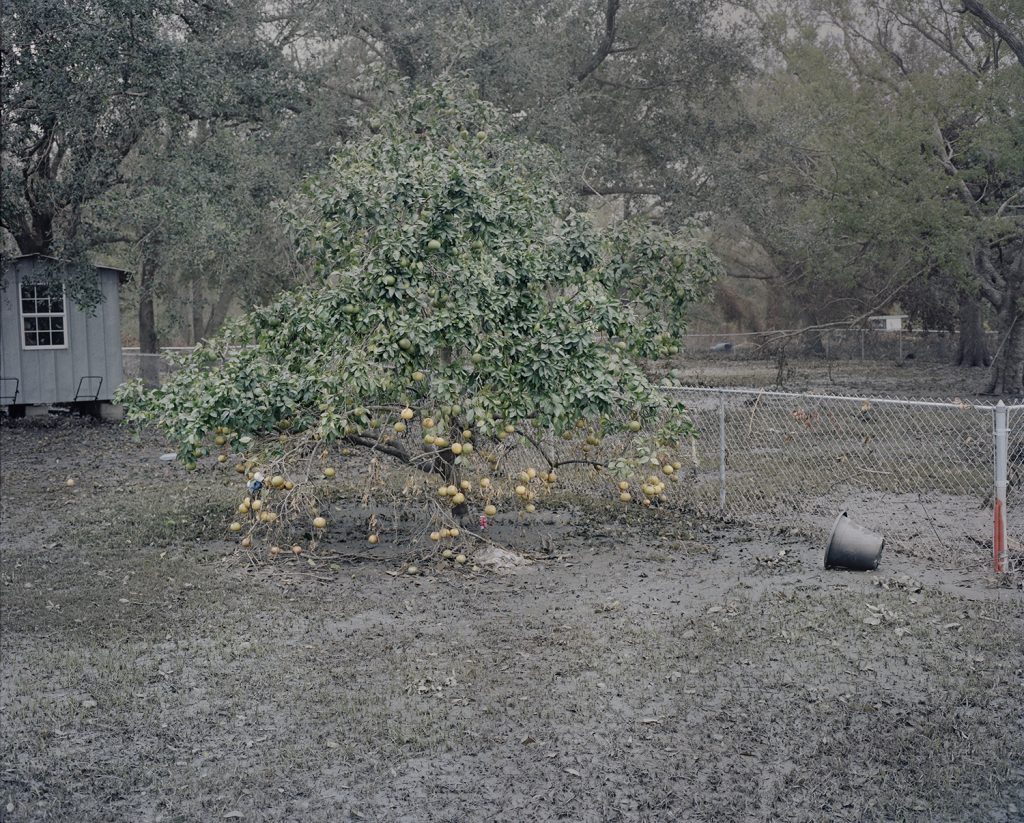
Can you explain to me your process in general when a desire / an idea comes to you what is your way of working upstream in your preparation?
Pictures come just as much from inside the artist as from outside. So I put my mood and my experience into the work. I don´t have a clear vision before, I don´t arrange it that way. I have to see and feel to be able to create. Time is important for me. Nature and skin always attract me and the feeling that abounds in some ways. I get curious about a subject. For example, in Louisiana, I was there to research macho culture. But in all of my series, it starts with a subject and ends up with me trying to explain a mood, a mental state. I haven´t done much research before, very bad at it. I listen to music or read novels from the area. Then I meet people by walking and always by myself.

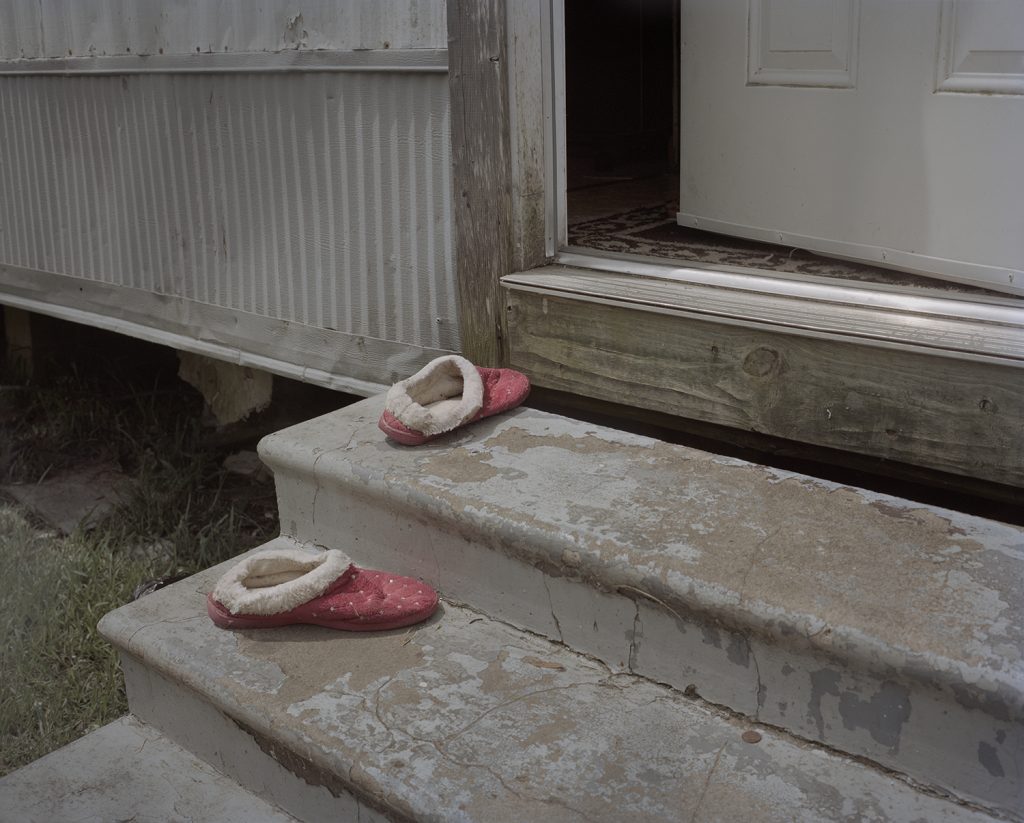

You’ve already done a lot of projects in the United States. What attracts you to this country and how do you manage to stay several months?
I get to the deeper core of myself when I am away from home when I am lost and curious. Something happens when you leave your usual patterns and rolls behind. I need that combined with a sense of adventure the first time. It could have been another place but I needed to be able to communicate, only speak English. Then I was drawn back two times more. I realized my family has a strong connection to the US. My grandfather is buried there his sister lives there and their mother travels 13 times by boat to the US. The first time I had a student loan and stayed at a motel for 20$ the night. The second time I stayed at my friend’s sister’s place and a cheap motel in the Tenderloin, the Third time I had a grant.
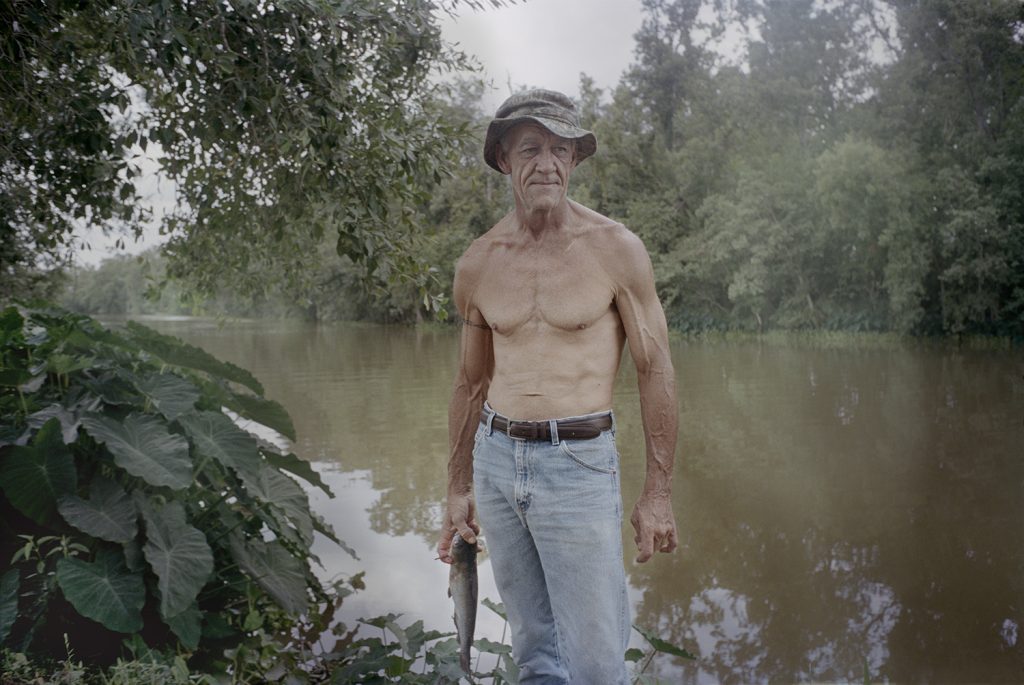
« They live the same lives as millions lived before them, and as millions will live long after they leave. »
I came to your work during hurricane season, I had the chance to see your book. (Hurricane Season) Your pictures are very intimate, on the inside as if you could capture the silence of things that are not said. Your pictures remind me of scenes from Terrence Malick’s movie. Can you tell me how do you work with the people you meet?
My way of working is that I sometimes coexist with the people I photograph, usually people I never met before. I talk to people or even more listen to people’s stories, but I don´t use them later on. It just gives me a better understanding and relationship with the person. It’s as if their entire history is just below the thin skin of skin that defines the individual’s border with the outside world. At the same time, there is something forever, almost Biblical. They live the same lives as millions lived before them, and as millions will live long after they leave. It is not about the person it selves, I never tell names or stories around them, they illustrate a mood. I want people to create their experience reflections about the person. I try to keep the pictures as mysterious as possible so many questions are raised but no answers.
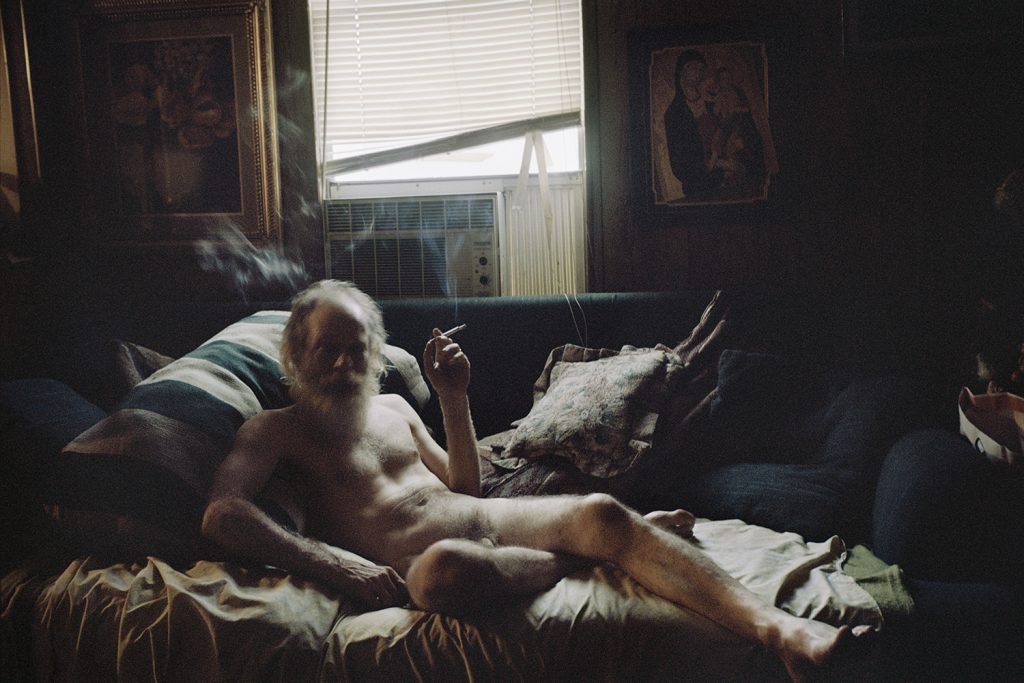
What is your approach, when they ask you what you’re looking for, what do you say? What camera did you use?
I always tell people I am a photographer. That I am making a book and exhibition. Then when I explain what it is about I try to keep it open. Like in I would say I am making it about Louisianan culture. So it not lying because I don´t know exactly what the outcome will be because a lot happens in the selection later on. But I try to be clear that is how it is. And in the photo session, it is obvious that there is consent. / Mamiya 7, Leica and kodak portra.
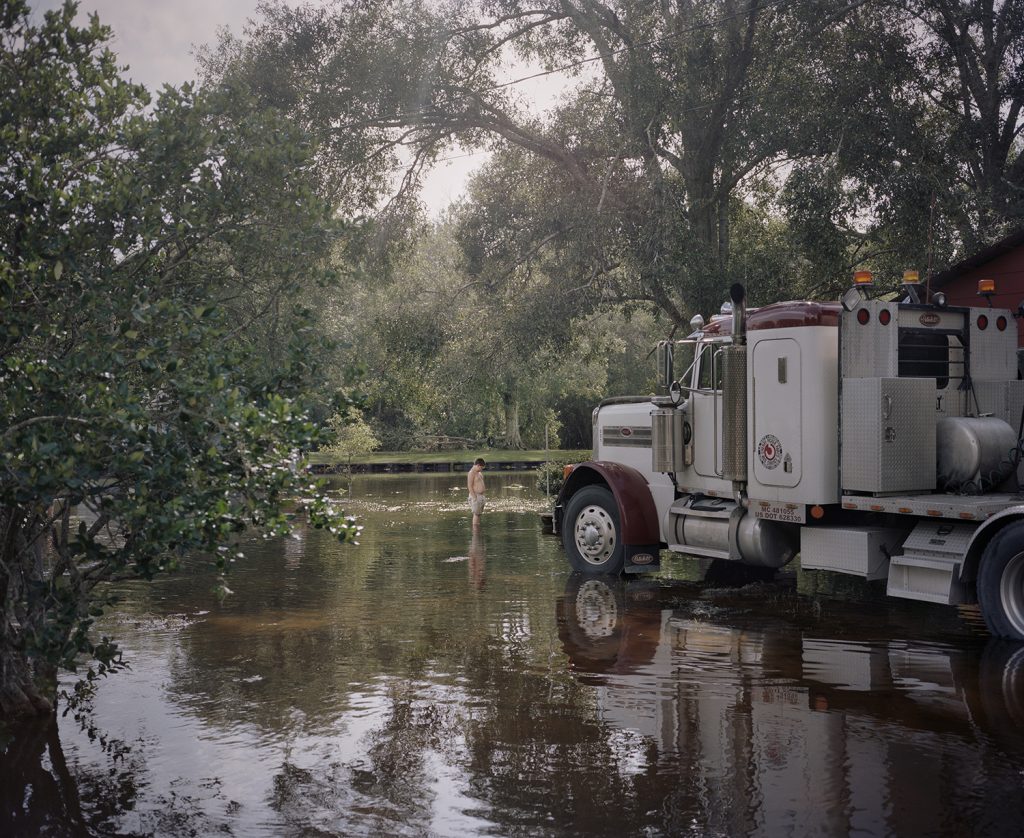
What’s your next project?
Delta. The things we bring with us and the things we leave behind. I’m looking for imprints that depict the presence of an absence. That indicates that life is about to break through, and where the end of life makes itself felt, that carries a charge, like a prolonged hesitation.
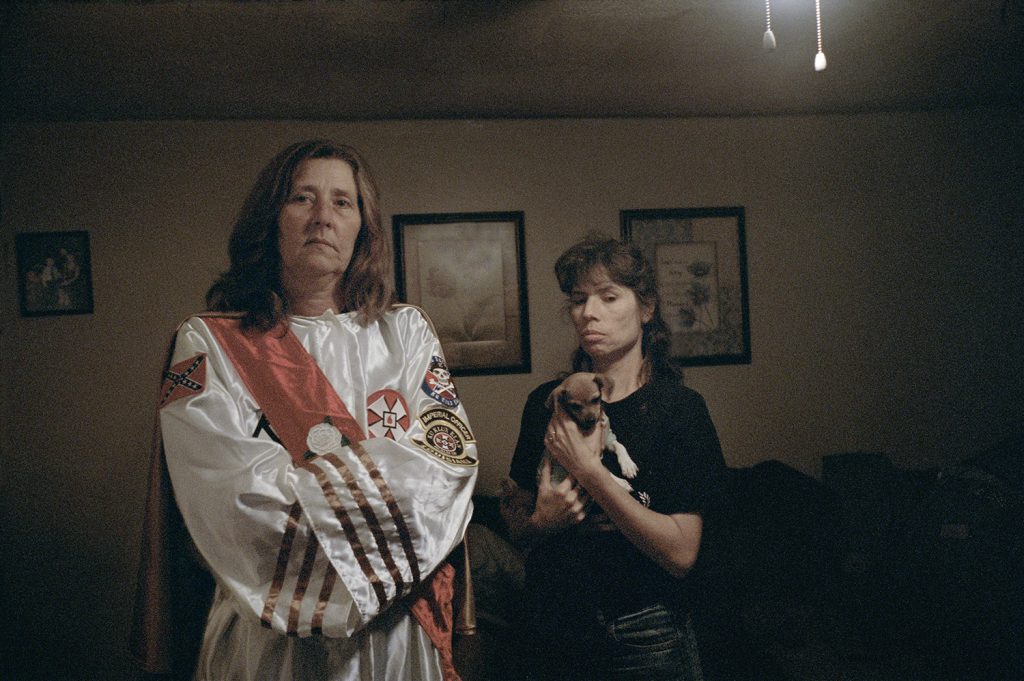

Tell me more about your photographic influences and your top 3 photobooks
My biggest inspiration is music it gives those strong feelings. I am always in search of strong feelings to be able to photograph. It opens my eyes. I have also looked into painters a lot like Vermeer, Hammershoi, and Hopper.
Jouko Lehtola – Finlandia
Philip Lorca Dicorcia – Heads
Richard Billingham – Ray´s a laugh
Lars Tunbjörk – Vinter
Taryn Simon – Index of the Hidden and Unfamiliar
There are not so many women on this list but the biggest inspirations for me as an artist are women with great integrity and humility such as among others Inta Rukha, Nina Kohronen, and Rineke Dijkstra.
Interview by Kalel Koven / In Frame
Links: hannahmodigh.se | Instagram | Facebook
Books: Hurricane Season | The Milky Way | Hillbilly Heroin, Honey
IN FRAME TALK / PHOTO DOC WITH HANNAH MODIGH / PARIS 2018
Exhibits:
The Milky Way – Oct 22 / Jan 28 – Västerbottens museum, Sweden.
Hurricane Season – Oct 12 / Feb 11 – Abecita Konstmuseum, Sweden.

